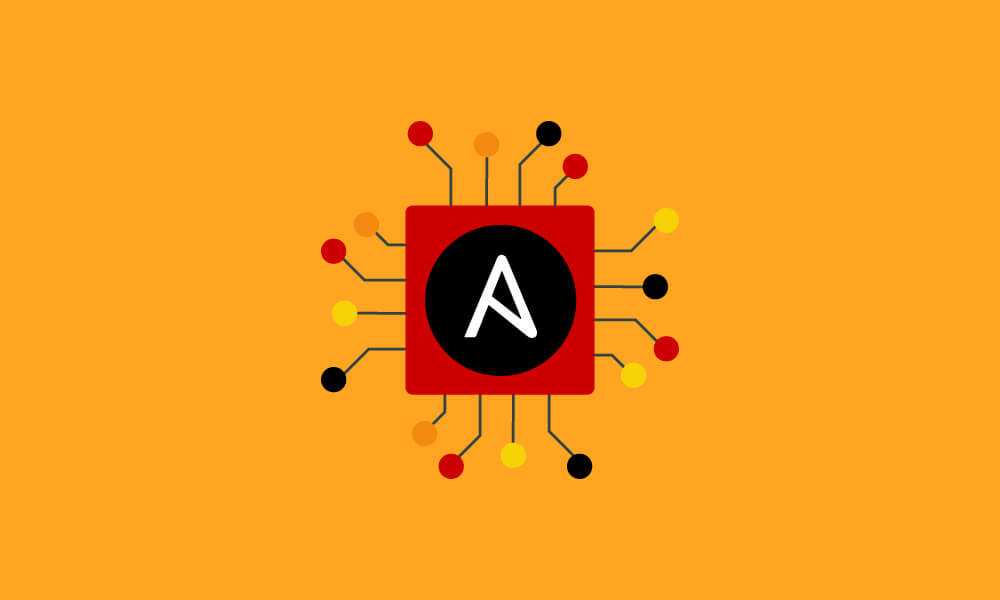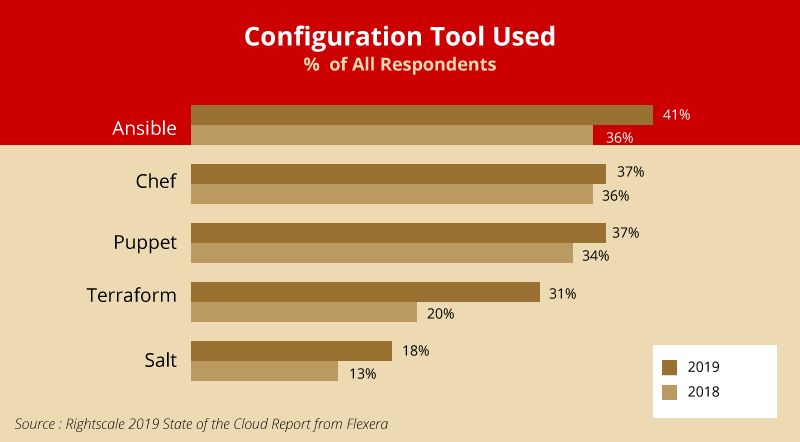

Business environment is getting more and more dynamic. You are aware that disruption is happening with technologies due to rapid pace of innovation. Not only Information Technology, but all other businesses are also getting affected. Today, businesses cannot afford to wait for months to get new software release or an update to their customers. Competition has become so fierce that the business teams want changes to the software, if possible, every minute. With such a high demand for quick releases, Agile and DevOps practices for creating software started gaining ground. With use of agile methodology, the software started becoming more adaptable to changes. DevOps is an attempt to look at the entire pipeline of activities from coding to the deployment of software in a tightly integrated manner. As speed is the focus, automating all possible tasks is a mandate.
By 2020, more than 50% of current manual operational tasks in infrastructure managed services will be replaced by intelligent automation services.” – Gartner
Infrastructure as Code(IaC)
The attempt of increasing the speed of releases fueled a lot of automation in Software Development Life Cycle. Tools like code generators, test automation started becoming popular. Meanwhile, there were lot of new things getting added to the IT infrastructure landscape. Public cloud, private cloud, hybrid cloud, virtual machines, containers and so on. And all these new technologies dramatically increased the complexity of the IT infrastructure. It was manually not possible to manage such a level of complexity. Another challenge was to deliver this complexity at lower cost and high efficiency. To address this, concept of ‘Infrastructure as code’ or IaC came into being.
Infrastructure as code (IaC) is the process of managing and provisioning computer data centers through machine-readable definition files, rather than physical hardware configuration or interactive configuration tool.

Red Hat Ansible the king
Ten years back, IT infrastructure provisioning, installation and configuration of applications was done manually. With infrastructure as code, all these activities could be automated. Industry started adopting tools like Chef and Puppet for automation in the space of IT infrastructure. In last one year or so, they are joined and surpassed by a new tool called Ansible.
Red Hat Ansible is an open-source automation engine that can be used to automate many critical activities like software provisioning, configuration management and application deployment. It was bought by Red Hat in 2015 and its adoption has grown in leaps and bounds.
RightScales cloud status report 2019 shows that popularity of Red Hat Ansible is growing. It has surpassed Chef and Puppet as the leading configuration management tool used for managing IT infrastructure by companies.

Why Ansible
You may be wondering why learn Ansible. Some the important reasons for the popularity of Red Hat Ansible are as follow:
• Ansible used architecture which is agentless. Hence there is no installation required on remote machines to manage them.
• Ansible is designed to be minimal in nature with minimal learning curve.
• Ansible uses an XML definition language called YAML, which is not a programming language. Hence learning and understanding it is easy.
• Ansible is easy to use by novice user and powerful for expert user.
• Ansible strives to automate not only the server and software installations, but also supports automating networking from key vendors.
• Ansible is capable of deploying workloads on variety of public and private clouds.
Now you have seen that, IT infrastructure environment is growing in complexity. As a system administrator you would end up managing many types of interconnected resources like compute, network, database, storage, source control and so on. Companies expect you to have good knowledge on technologies like cloud, storage, docker and so on.
To perform your jobs very efficiently and effectively, learning a popular tool like Ansible would be of great help. Knowledge of Ansible would be useful equally for a fresher and a seasoned professional. If you want to grow faster and become the most wanted IT infrastructure specialist or system administrator, learning Ansible is a great starting step. So why wait now?
